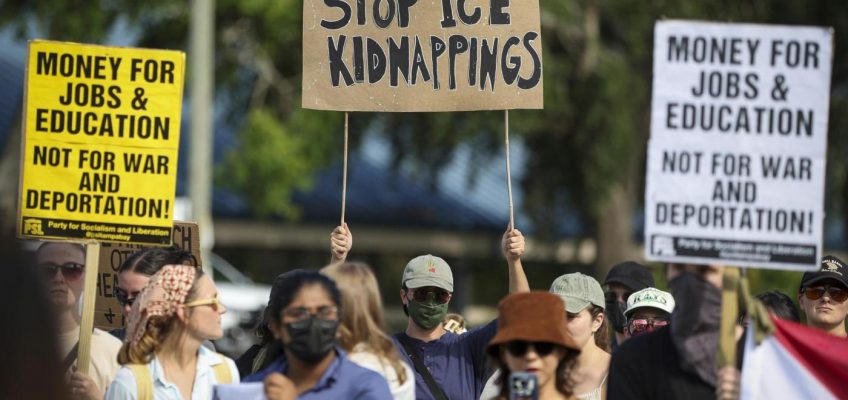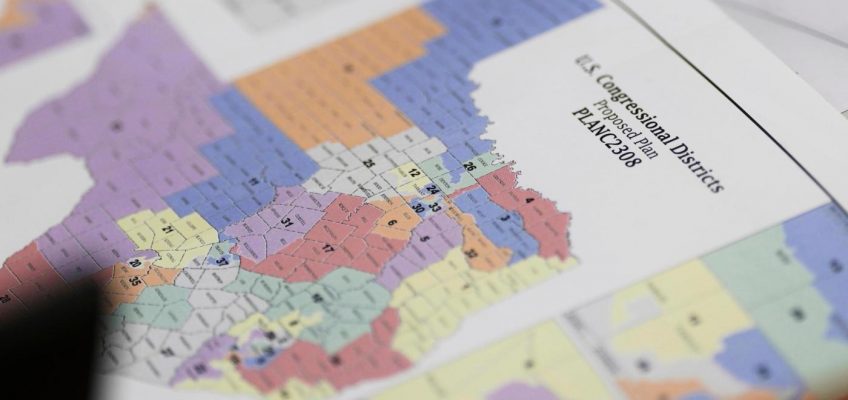NEW YORK — When Carlos Correa picked up the phone on the afternoon of July 31, he could almost sense the words he was about to hear by the tone in Derek Falvey’s voice.
“Something was different, and that’s when I knew,” Correa said.
Suddenly, he had a decision to make.
Correa had never envisioned leaving the Twins, but given the option to go back to Houston, where he began his career, where he maintains his offseason home, where he would be playing for a first-place team, or stay in Minnesota, where it became clear that much of the roster was about to be torn down as the Twins hit the “reset” button.
The three-time all-star took time to process his options. He called his wife, Daniella, a Texas native. He phoned his agent, Scott Boras. Then he chose Houston, and waived his no-trade clause.
“I love Minnesota. I love my house there, living there and the people. So, I never thought I would leave,” Correa said Sunday, hours before he went 2 for 5 with a home run in the Astros’ win over the New York Yankees at Yankee Stadium. “Then this opportunity arose where the situation in Minnesota, the next three years, I don’t want to be rebuilding. I wanted to be able to have a chance to win.”
Increasingly, that looked less and less likely in Minnesota.
Correa and Falvey, the Twins’ president of baseball and business operations, had spoken on Wednesday. Falvey, he said, did not use the word “rebuild,” but the infielder got the sense that the trades — many of them — were coming.
Still, he didn’t think the sell-off would include him. Correa found out on Wednesday morning that the Astros, the team that drafted him first overall in 2012, had engaged the Twins in trade conversations. Correa’s contract included a no-trade clause and there was only one team he would waive it to go to.
Talks weren’t close initially.
The Astros wanted the Twins to pay down more of Correa’s contract — he is making $36 million this year and had three more years remaining on his six-year, $200 million contract after this one — while the Twins were trying to shed payroll.
Correa traveled to Cleveland with his teammates that Wednesday night and on Thursday, the day of the trade deadline, he detached from his phone and everything going on. The noted Marvel fan instead went to the movies to see “The Fantastic Four: First Steps.”
After the film finished, he headed back to the team’s hotel. He was hanging out there when Falvey called.
He approved the deal and was heading back to Houston. In return, the Twins received minor league pitcher Matt Mikulski, who has yet to pitch above Single-A Advanced at age 26. The Twins were sending money along with Correa, but will ultimately save around $70 million across the life of the contract.
Almost as stunningly as he arrived, Correa was gone.
Minnesota Twins’ president of baseball operations Derek Falvey, left, takes questions alongside Twins’ Carlos Correa, center, and agent Scott Boras during a baseball press conference at Target Field, Wednesday, Jan. 11, 2023, in Minneapolis. The team and Correa agreed to a six-year, $200 million contract. (AP Photo/Abbie Parr)
The Twins first agreed to a middle-of-the-night deal with Correa in March of 2022 after he was unable to find the long-term deal he was looking for in free agency during the lockout-disrupted offseason. He signed a three-year, $105.3 million deal with the Twins but opted out after a strong first year in Minnesota in search of a more-permanent home.
He seemed to find it in San Francisco, and then New York, agreeing to deals with the Giants and Mets before each team backed out because of an ankle issue stemming many years back. Finally, he told Boras to get him to Minnesota. The Twins had been interested in bringing him back, though they were not offering nearly as much as either of the other two clubs.
Still, Correa’s contract, the largest in team history, represented a large financial commitment from ownership. Months later, the Twins made another big commitment, handing out a four-year contract extension to ace Pablo López worth $73.5 million.
Those two helped the Twins win a division title in 2023. Once in the playoffs, the Twins laid to rest their 18-game playoff losing streak, which dated back to 2002, before eventually falling in the American League Division Series to the Astros.
It was a time of great optimism in Minnesota. The taste of playoff success had seemingly rejuvenated the team and its fanbase. But almost as soon as that hopefulness returned, it was tugged away when ownership decided to slash payroll.
“I think it was a shock to all of us after the playoffs in ’23 and then when they cut back, it was a little confusing to a lot of us in there, but that’s the way it happened,” Correa said.
Even so, he said, “I never thought I would get traded,” even though he was most expensive player on a team intent on lowering its expenses. Less than halfway into the life of his contract, he was on the way out.
He has fit seamlessly back into the Houston clubhouse, reuniting with old teammates such as Jose Altuve and Lance McCullers Jr., with whom he won a World Series with in 2017.
Correa is a third baseman now, welcoming the change after asking the Twins in recent years if he could shift off shortstop, believing it would be better for his health. Though his defensive numbers had slipped a bit, Correa was still the best shortstop within the Twins’ organization, which is why the move never happened.
Houston Astros’ Carlos Correa runs the bases after hitting a home run during the ninth inning of a baseball game against the New York Yankees, Sunday, Aug. 10, 2025, in New York. (AP Photo/Pamela Smith)
It’s something, he said, he started asking about two years ago when he started dealing with plantar fasciitis, first in his left foot and then last year in his right foot, limiting him to 86 games.
“I felt like it would be better for my body and it would also help my hitting because I wouldn’t feel as tired going into the games and the recovery process and all that,” Correa said. “Now that I’m playing third base, I can see how good it is.”
After a slow start to the season at the plate, Correa said he felt good at there in July, though was not getting the results for which he was looking. But through his first nine games as an Astro, he said, “Everything (is) clicking.” Correa is hitting .405 with a 1.098 OPS, two home runs, a pair of doubles and six RBIs since the trade.
He will return to Houston finally — the Astros have been on the road since the trade deadline — on Monday, where he is sure to get a hero’s welcome at Daikin Park. He was never able to accomplish what he set out to do in Minnesota, but now right back where he started, he has that chance again.
“We never got the job done like we wanted,” Correa said. “I wish that would have been the case, but now it’s a new chapter in my journey.”
Related Articles
Shipley: It’s going to be a while before the Twins contend again
Charley Walters: Could Vikings upgrade J.J. McCarthy’s backup? Could it be Kirk Cousins?
In shocking move, Twins deal star shortstop Carlos Correa to Astros
Brooks Lee homers from both sides of plate but Twins fall to Red Sox
Twins come a few feet from tying game in loss to Dodgers




